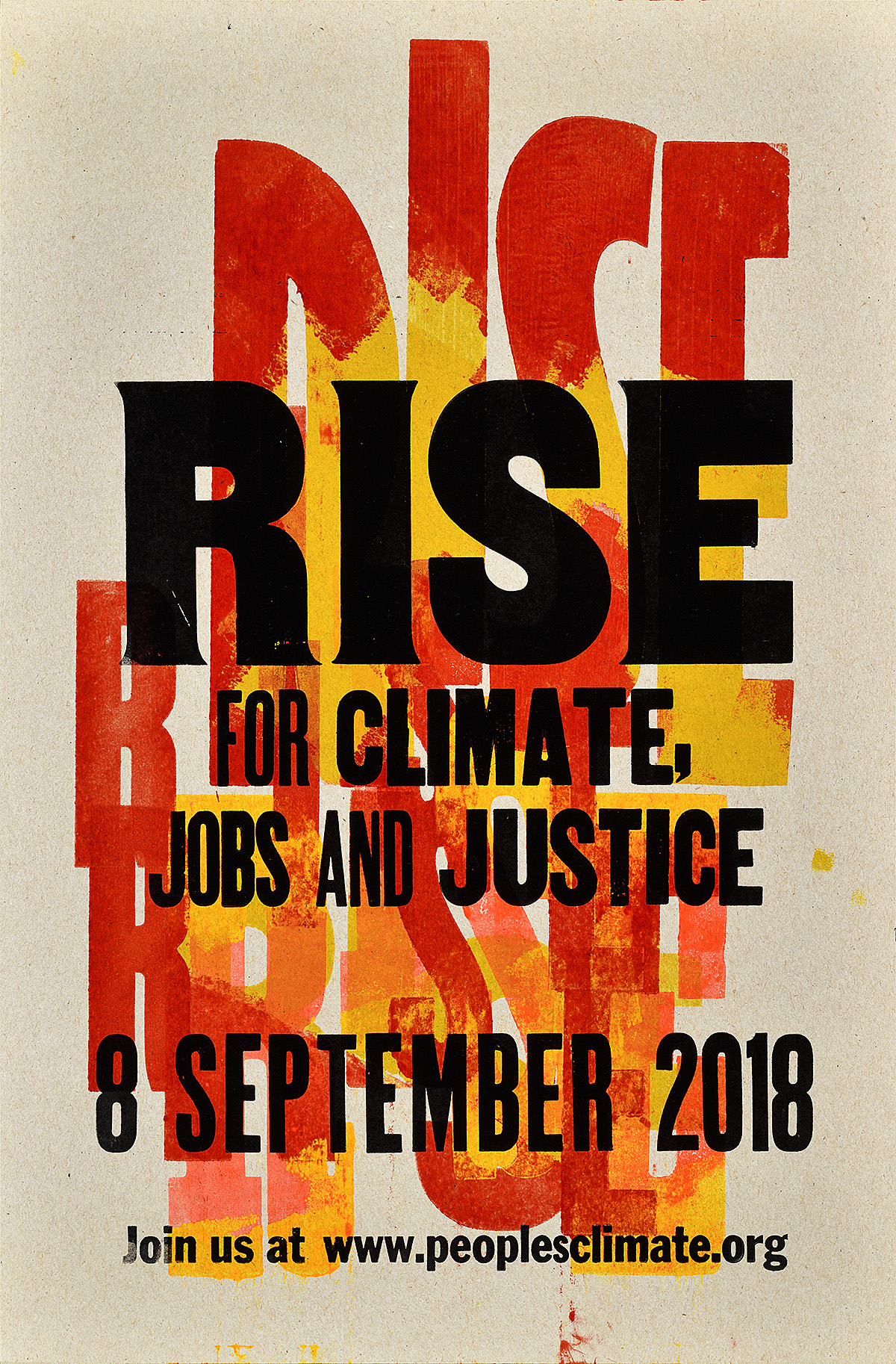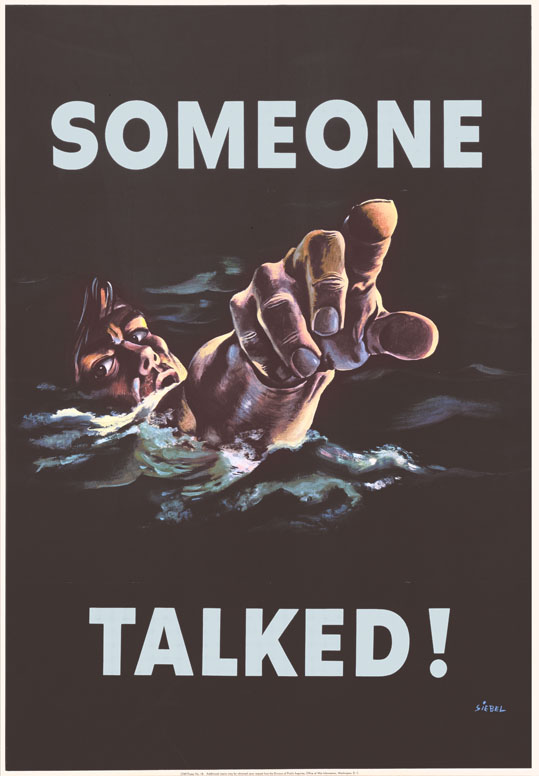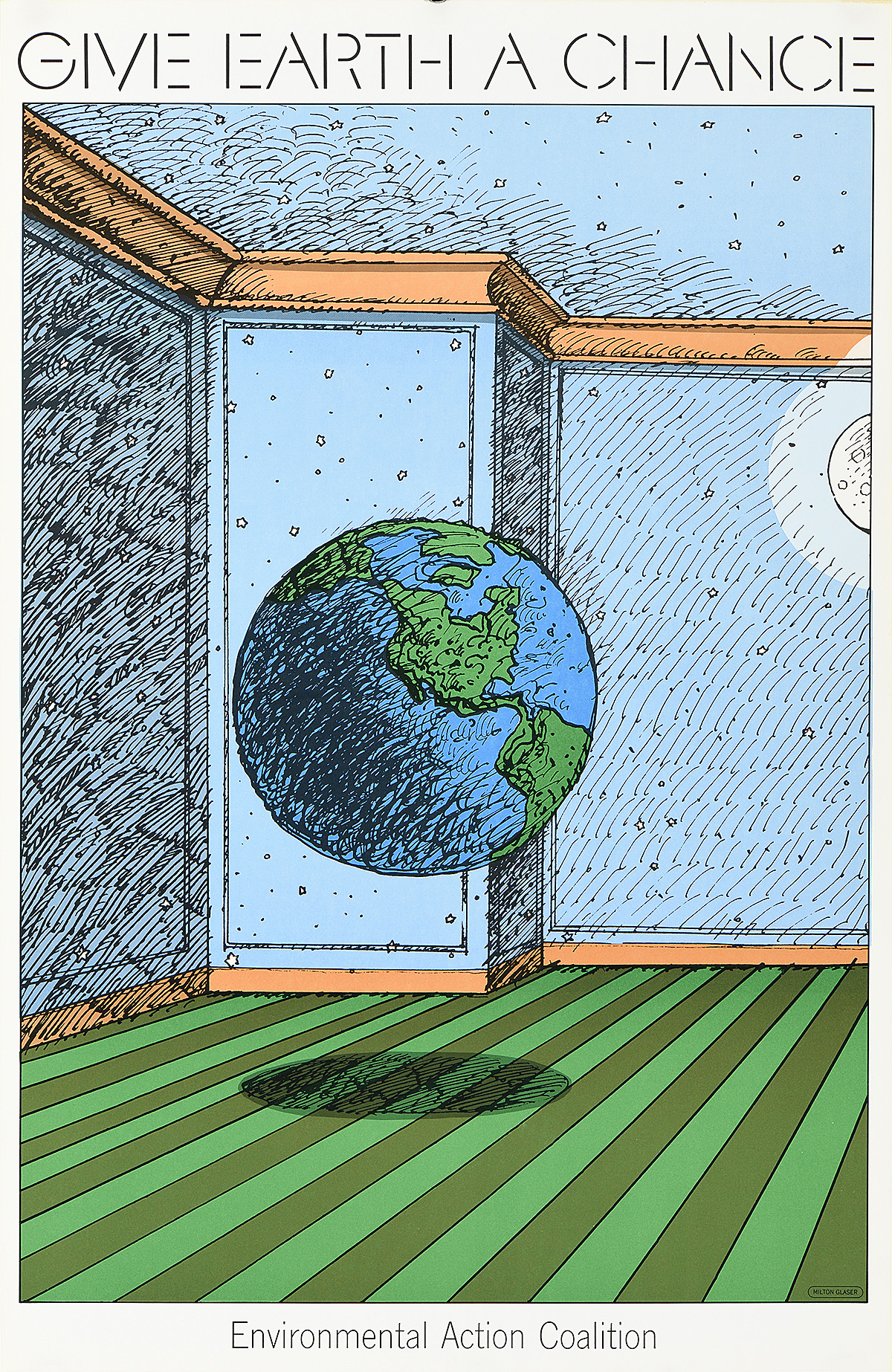
Environmental Activism: Resources
.The history of global environmentalism is complex and multifaceted. Given that education is often the first step towards taking action, we wanted to provide more tools to assist those interested in diving deeper into any of the ideas or historic moments presented in We Tried To Warn You! Environmental Crisis Posters, 1970–2020. The curator and museum team have created a list of books, resources, interactive media, and organizations they found helpful or interesting in the research process.
While individual action matters, impactful change is attained by working as part of a larger group. This can manifest itself through demonstrating, voting, or overtly changing consumption patterns as a collective in ways that companies and governments cannot ignore. Activism exists in a spectrum, and everyone should find their comfort zone.
Influencers
As the youngest member of the White House Environmental Justice Advisory Council, Foster provides unique access to how the U.S. Government is tackling issues related to climate change and environmental justice.
Focusing on a zero-waste lifestyle, Singer shares informational videos on how to reduce your own consumption.
Through interviews, graphics, and educational videos, Hernandez covers a broad range of topics, from the history of Earth Day to environmental racism. Hernandez has also created a list of ten books on environmental racism.
Intersectional Environmentalist
This not-for-profit shares well-designed, digestible statistics and fun videos related to climate activism and climate justice.
The founder of Intersectional Environmentalist and author of the book by the same name, Thomas explores global environmental stories.
Games
The Climate Game by the Financial Times
Try your hand at legislating in this interactive, problem-solving narrative.
Organizations
Named after the safe concentration of CO2 in the atmosphere (350 parts per million)—that we are now well above—this organization has representation in 188 countries and focuses on mobilizing grassroots activists against the fossil fuel industry and building community-led, renewable energy. Its website details ways to become more active depending on your available time and geographic location.
This new organization aims to persuade older citizens to use their economic and political power to match the enthusiasm of the galvanized younger generations in combating climate catastrophe.
Working with over 75,000 partners in 192 countries, this organization (which grew out the first Earth Day) has quizzes, toolkits, and factsheets on its website.
This not-for-profit was founded to provide practical help to American consumers through educational materials on how to save money, improve health, and hit emission goals by using the benefits of the Inflation Reduction Act and other new legislation.
An independent, nonprofit media organization focusing on climate justice, awareness, and solutions.
This organization operates at the local level, taking reusable materials from businesses and individuals to be used by nonprofits with arts programing. Poster House both receives and gives supplies to this group!
Aimed at a younger audience, this outreach branch of NASA provides easy-to-understand facts and answers common questions about climate change.
Books: Where to Start
Silent Spring by Rachel Carson
This book was the catalyst for grassroots environmental movements in the United States. In it, Carson focuses on the negative effects of chemical pesticides while also being the first author to scientifically posit mankind’s interconnected relationship with the natural world and the consequences of unregulated industry.
The Uninhabitable Earth: Life After Warming by David Wallace-Wells
It’s more cheerful than it sounds—honestly! While presenting a series of distressing scenarios, the author demonstrates how, if action is taken, a “relatively liveable, relatively prosperous” planet is achievable. The book has also been adapted for young adults!
The Intersectional Environmentalist: How to Dismantle Systems of Oppression to Protect People + Planet by Leah Thomas
The author persuasively argues that the fight to avert climate catastrophe has to be linked with the fight for civil rights, as the heaviest burdens of climate change fall on BIPOC communities despite those groups consuming fewer resources.
Falter: Has the Human Game Begun to Play Itself Out? by Bill McKibben
In chronicling the broad history of human industrialization and its long-term consequences, McKibben demonstrates how mankind has set itself up for disaster if global adoption of renewable energy is not taken seriously.
The New Climate War: The Fight to Take Back Our Planet by Michael E. Mann
This book demonstrates how fossil fuel companies have intentionally misled the public and controlled the debate on climate change. Mann also breaks down flaws in current climate activism and proposes practical solutions for government involvement.
Not Too Late—Changing the Climate Story from Despair to Possibility edited by Rebecca Solnit & Thelma Young Lutunatabua
This compendium of essays by and interviews with climate activists around the world focuses both on the issues facing humanity as well as the hope for an eco-conscious future.
Environmental Justice
It is well documented that climate crises impact marginalized communities at a disproportionate rate. For more books by BIPOC authors on environmental justice and environmental racism, peruse this list from the University of Colorado Boulder. For the young readers in your life, the university also created a list of children’s books on the same topics.
This podcast docuseries chronicles the incredible life of Hazel Johnson, a environmental justice activist in the South Side of Chicago.
Nerd Alert! Books for the Specialty Reader
Slow Violence and the Environmentalism of the Poor by Rob Nixon
This book addresses how immediate, news-driven climate issues rather than slower-moving, harder-to-visualize devastation dominate the public’s attention. It also addresses the realities of climate justice: that economically disadvantaged areas of the world are most affected by climate change and that human rights are indissociable from the climate crisis.
Seeing Green: The Use and Abuse of American Environmental Images by Finis Dunaway
Dunaway details how environmental imagery has adapted, been appropriated, and provoked anxiety while ultimately prescribing limited action.
The Earth Transformed: An Untold Story by Peter Frankopian
A weighty tome (700 pages), proving that throughout history humankind has been indelibly tied to the fate of the natural world.



